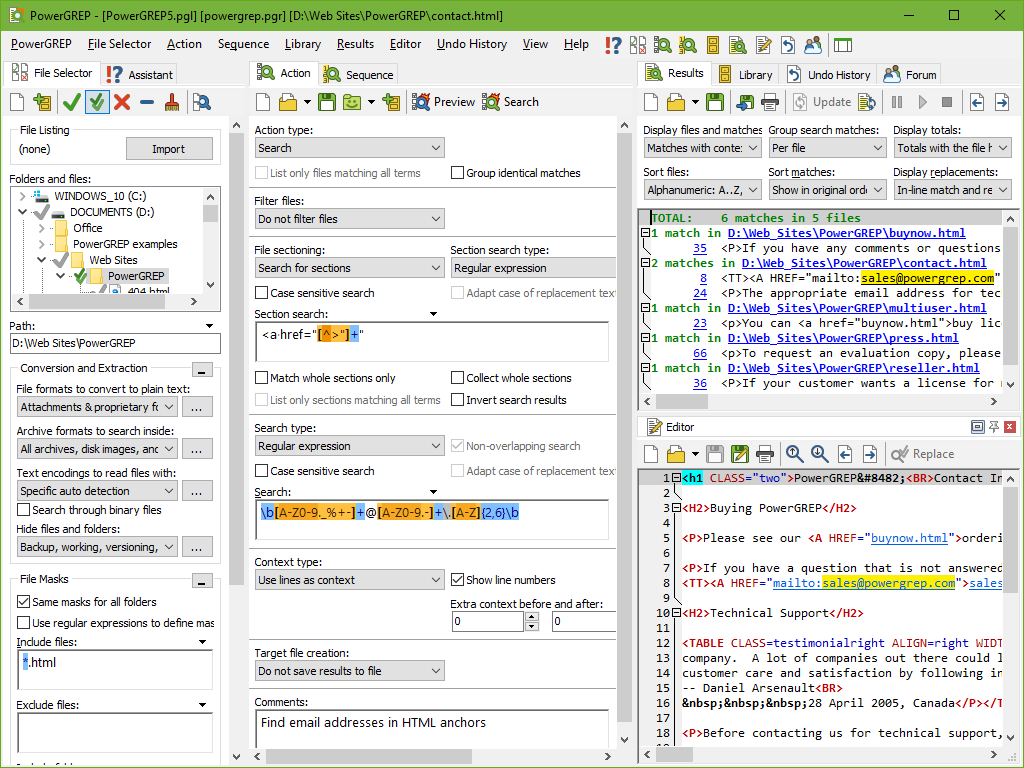

Earlier versions of grep used -y, and later versions use -i. Grep is case sensitive, so in order to change the search to include "hello," "Hello," or "HELLO," use the -y or -i option.

Intro.txt: use the hello.c program as an example of C programming

Story.txt: so I said hello and she smiled back The output of this command might be something like this: The simplest grep command is grep (search pattern) (files list), as in: The name grep is derived from the editor command g/re/p, which literally translates to "globally search for a regular wxpression and print what you find." Regular expressions are at the core of grep, and I'll cover them after a brief description of some of the utility's command options. grep comes in three flavors, grep, fgrep, and egrep, all of which I'll cover in this article. The grep utility, which allows files to be searched for strings of words, uses a syntax similar to the regular expression syntax of the vi, ex, ed, and sed editors. This month, Mo walks you through grep, egrep, and fgrep, offers some command option examples, and sheds light on grep's most powerful asset, regular expressions. grep easily matches simple strings, and uses a variety of wild cards and special symbols to create a regular expression to search for more complex strings. The grep utility is a handy little tool with which every Unix programmer should be familiar. Using grep, fgrep, and egrep to search for strings of words Summary


 0 kommentar(er)
0 kommentar(er)
